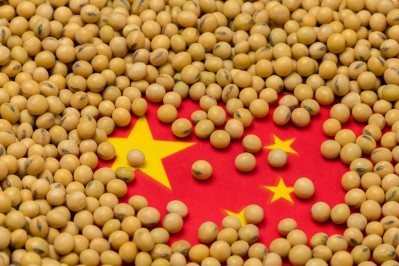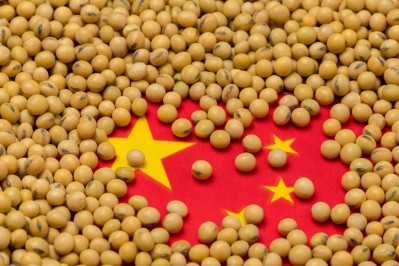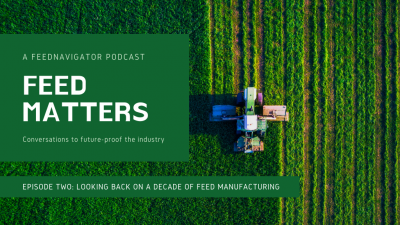Special Edition: Feed Industry Consolidation Review
The Silk Road beckons as China's feed operations expand

“The consolidation in the Chinese feed sector has been quite dramatic in recent years. In 2010, there were nearly 11,000 feed manufacturers operating in China compared to 2005 when this figure was over 15,500 feed mills.
“I have just come back from a visit to that country and can report the industry is now represented by just under 6,700 feed mills.
“That rate of consolidation is much faster than anticipated,” said Aidan Connolly, chief innovation officer at Alltech.
He said a number of factors, already widely reported, are driving that reduction in the number of feed operators from the Chinese government’s objective to gain more regulatory oversight by having larger players and, by doing so, eliminate feed and food safety related incidents.
“There has been nothing [safety incident] reported in over a year now, so, looking at it on a very surface level, it would seem the policy is working,” said Connolly.
The acquisition of Noble Agri and Nidera by Chinese state-owned food and feed giant, Cofco, moves seen as giving it more traction on the international grain trading market while allowing it to counter pricing volatility more readily, might also have played a role as traders tend to prefer engagement with large scale operations than a plethora of small producers, said the Alltech representative.
Dairy and poultry profitability
But he told us the heightened pace of amalgamation in feed milling in the Asian behemoth could, perhaps, be more readily ascribed to the ongoing challenging market conditions for sectors of the Chinese livestock industry.
“The dairy business is not profitable. They [the producers] are losing money, and I don’t know if it will recover in the long term.
“In addition to that, any gains on the poultry production side have been marginal. The yellow chicken segment has been doing well but the white meat, the broiler sector, has been struggling,” said Connolly.
He predicts overall feed production will be lower this year due to those constraints. Alltech’s 2016 survey placed China’s feed tonnage output last year at 180m tons.
“Talking to customers and our sales force on the ground, we are hearing about a 6% drop in total Chinese feed output so far this year. And, on that, basis, I would expect, a reduction of somewhere in the region of 10m tons in terms of overall tonnage at year end,” said Connolly.
But he thinks the country is nearing the bottom end of that tonnage cycle now.
Looking down the Silk Road
And the Chinese administration, he said, is focused on ensuring its target of a highly sustainable feed industry is met within a few years.
So even though there are fewer feed mills, the scale of those operations is increasing. "The Chinese government is also encouraging indigenous feed producers to set their sights on the Silk Road and, as part of a diversification strategy, wishes to target markets like Egypt, Bulgaria, Romania, the Middle East and Africa," he said.
Today, 50 feed companies, each with an annual production of at least 500,000 tons, will be responsible for the future growth of the market, added Connolly.
And, of growing interest in Chinese meat production, he continued, is the increasingly efficient swine sector, with fewer sows producing more piglets, and, in some cases, at a rate of prolificacy on par with their US counterparts.
Feed efficiency and greater professionalism in swine production is at play here, he said.
“In recent years, China has seen a rapidly shrinking sow herd. And it has declined further in the past 12 months, going from 42m in 2015 to around 36m currently. But, despite those tighter numbers, productivity has increased, with the number of progeny per sow oscillating now between 17.5 to 23, although some farms are achieving as many as 26 piglets,” reported Connolly.
But he said there are increasing concerns about antimicrobial resistance and, hence, the continued use of antibiotics in pigs and other farmed animals in China.
Connolly was presenting at an event organized by the Guangdong Feed Association in Guangzhou, in Guangdong province this month. That is a region, he said, that is firmly taking the lead in reducing antibiotic usage in feed and is set to address the issue with legislation
“The alarm was raised when Chinese researchers established a direct link between the usage of the drug colistin in animal husbandry and resistance found in slaughtered animals, food and humans,” said Connolly.








